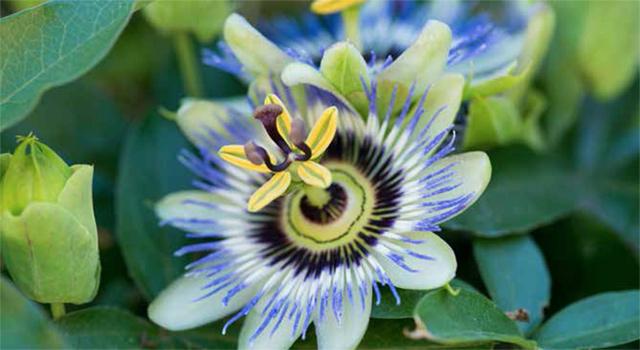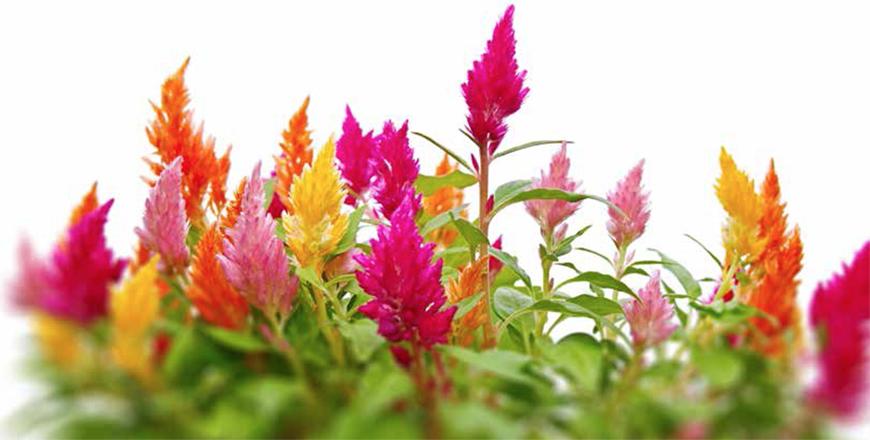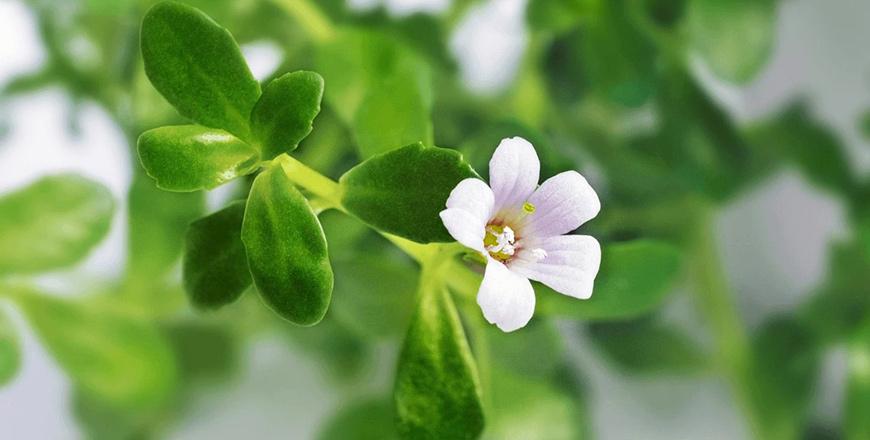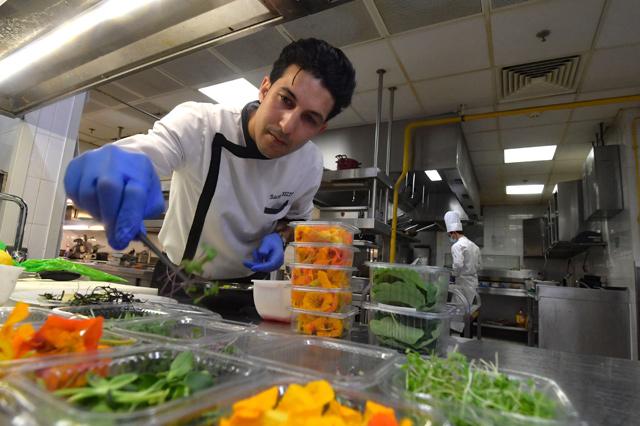You are here
Passionflower power
By Sheela Sheth , Family Flavours - Mar 08,2021 - Last updated at Mar 08,2021

Photo courtesy of Family Flavours magazine
The purple passionflower vine produces white flowers with purple, blue or pink calyx crown blooms. With its unusual blossoms, the woody vine has a reputation for treating many ailments. It grows in tropical and sub-tropical parts of the world and is widely used in Indian Ayurvedic medicine.
Therapeutic properties
Called by different names like Jamaican Honeysuckle, Apricot Vine and Water Lemon, the flower is used in many parts of the world for stress relief. The purple passionflower’s active alkaloid compound has shown promising results in reducing anxiety and stress, supporting bone health and improving immunity. It also helps reduce night sweats and insomnia. The paste of the flower can treat skin burns and inflammation. It has also shown to have a positive effect on Attention Deficit Hyperactivity Disorder in children.
Cosmetic contribution
The beautiful blossom of the passionflower vine is widely used in anti-ageing skin creams and hair tonics. The oil is extracted from the seeds of the fruit and is a vibrant yellow. Its antioxidant and nourishing quality (rich in Vitamin A and C, calcium and phosphorous) is particularly beneficial to acne and ageing skins. It is also used often as a hydrating moisturiser and in sunscreen creams because of its non-clogging property. Most passion flower products are available in health food stores.
Culinary craze
Edible flowers, like their herbal counterpart, are the new rage in contemporary cuisine. I use edible flowers more for an aesthetic appeal, flavour and the dramatic effect they add to a dish. If you plan to bring some flair to your next meal, think of edible flowers to garnish or bring out that sweet, peppery flavour to your dish. Violets, roses and lavenders lend a sweet taste to your salads and desserts. Drink a cup of passionflower tea by steeping a few dried petals in boiling water to give you grassy earthiness, sweetened with a few drops of honey for undisturbed sleep.
Side effects
Drowsiness and dizziness are potential side effects of consuming the herb in excess. Pregnant and breastfeeding women should avoid this herb. Always consult your doctor before trying herbal remedies.
Reprinted with permission from Family Flavours magazine
Related Articles
The brilliant orange, red, yellow and purple hues make this edible Cockscomb flower a striking addition to the herbal kingdom.The Celosia sp
Brahmi is a wonder herb known to stimulate memory and enhance mood. Did you know? Known scientifically as Bacopa Monnieri, the her
TABARKA, Tunisia — A Tunisian entrepreneur growing edible flowers says she is surprised by the appetite for her homegrown product in the North African country and hopes to see a “new culinary culture” bloom. Sonia Ibidhi, a 42-year-old journalist, turned to organic farming of the niche but in-demand product “out of love” for working on the land. Among the flowers she grows are borage, a blue star-shaped flower that tastes like cucumber, chive flowers — purple blossoms with a flavour similar to onion — and nasturtiums, bright yellow to orange flowers with a radish-like taste. “I thought the flowers would be for export and of no immediate interest to the local market, but I’ve been surprised by the growing demand, in particular from some top-end hotels,” she said.

















